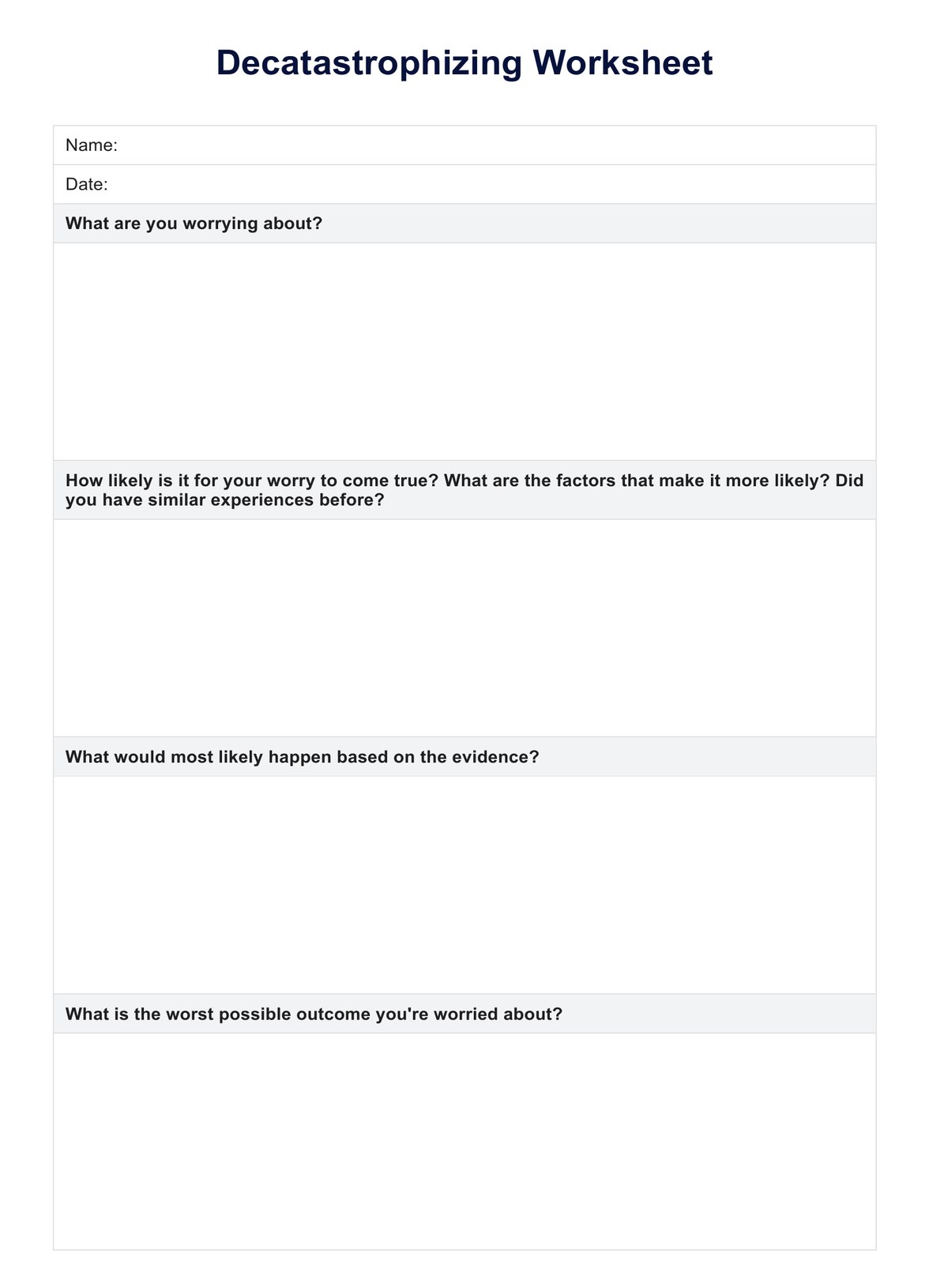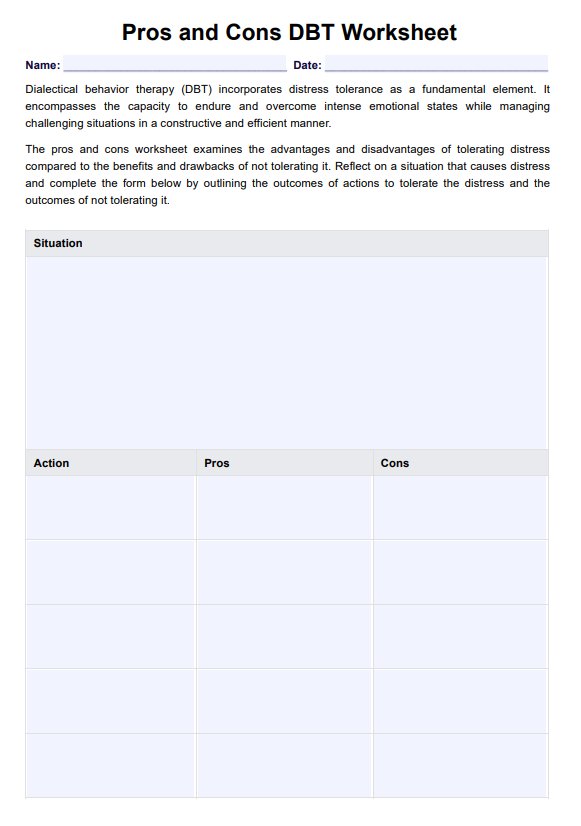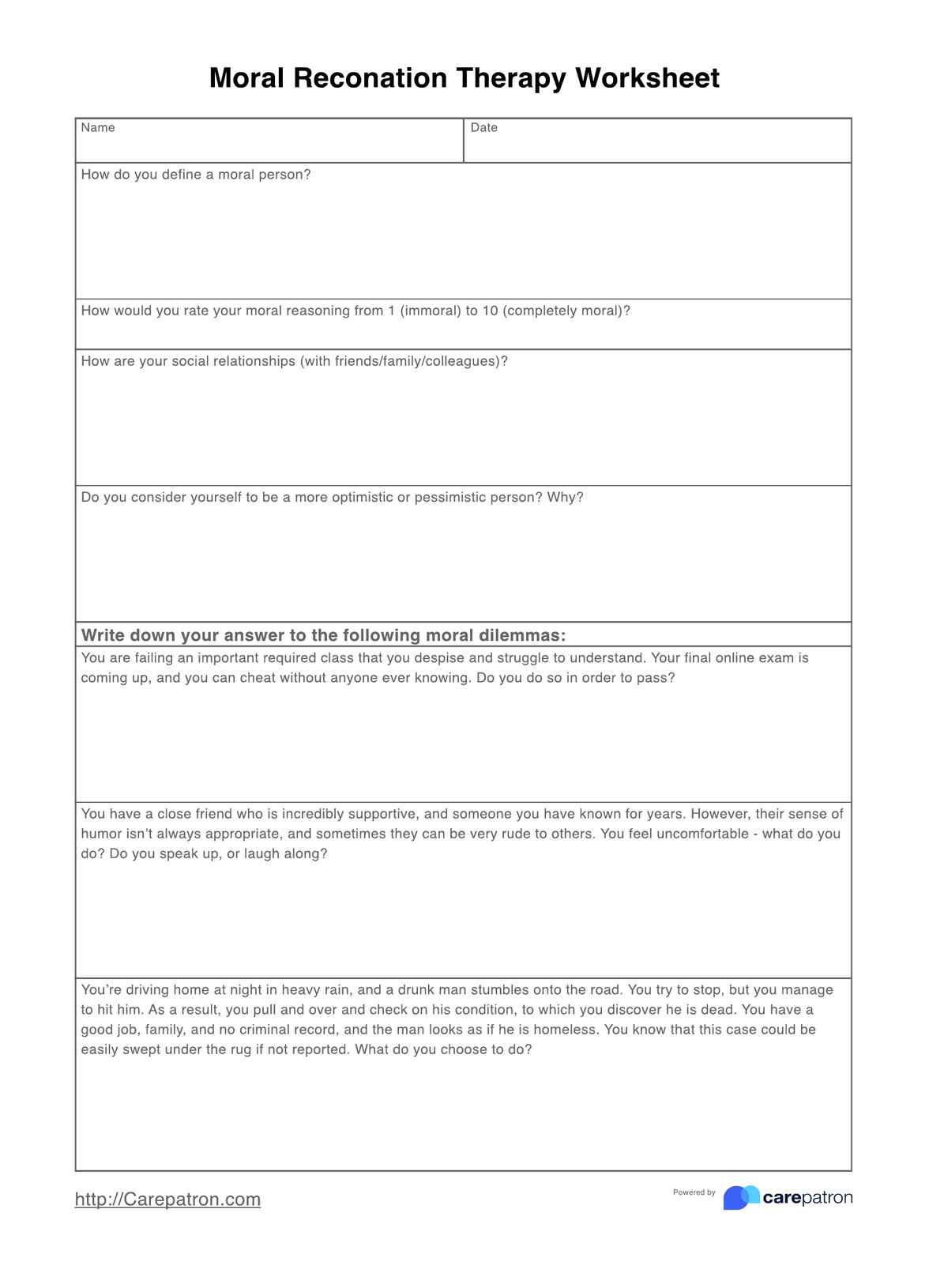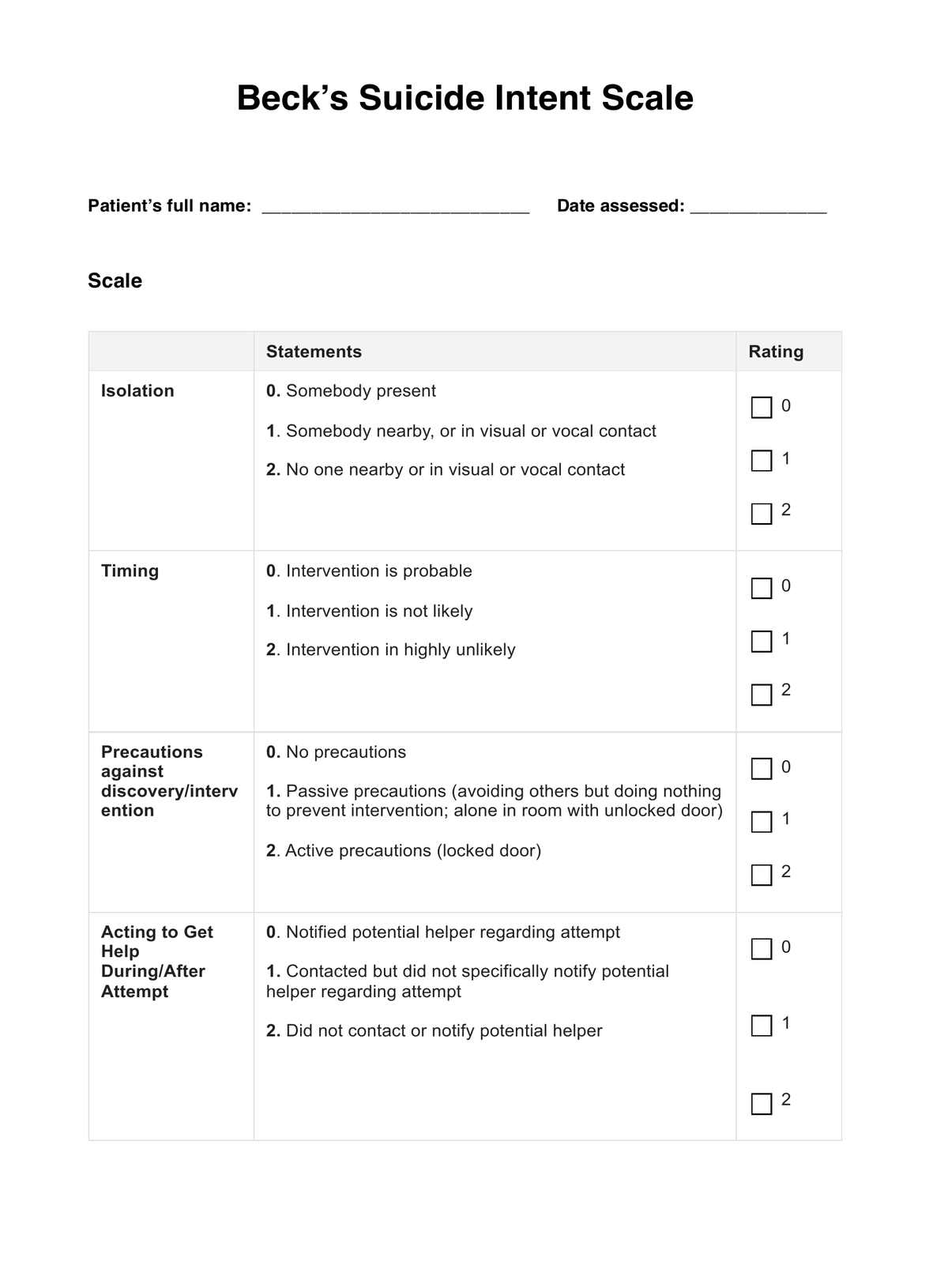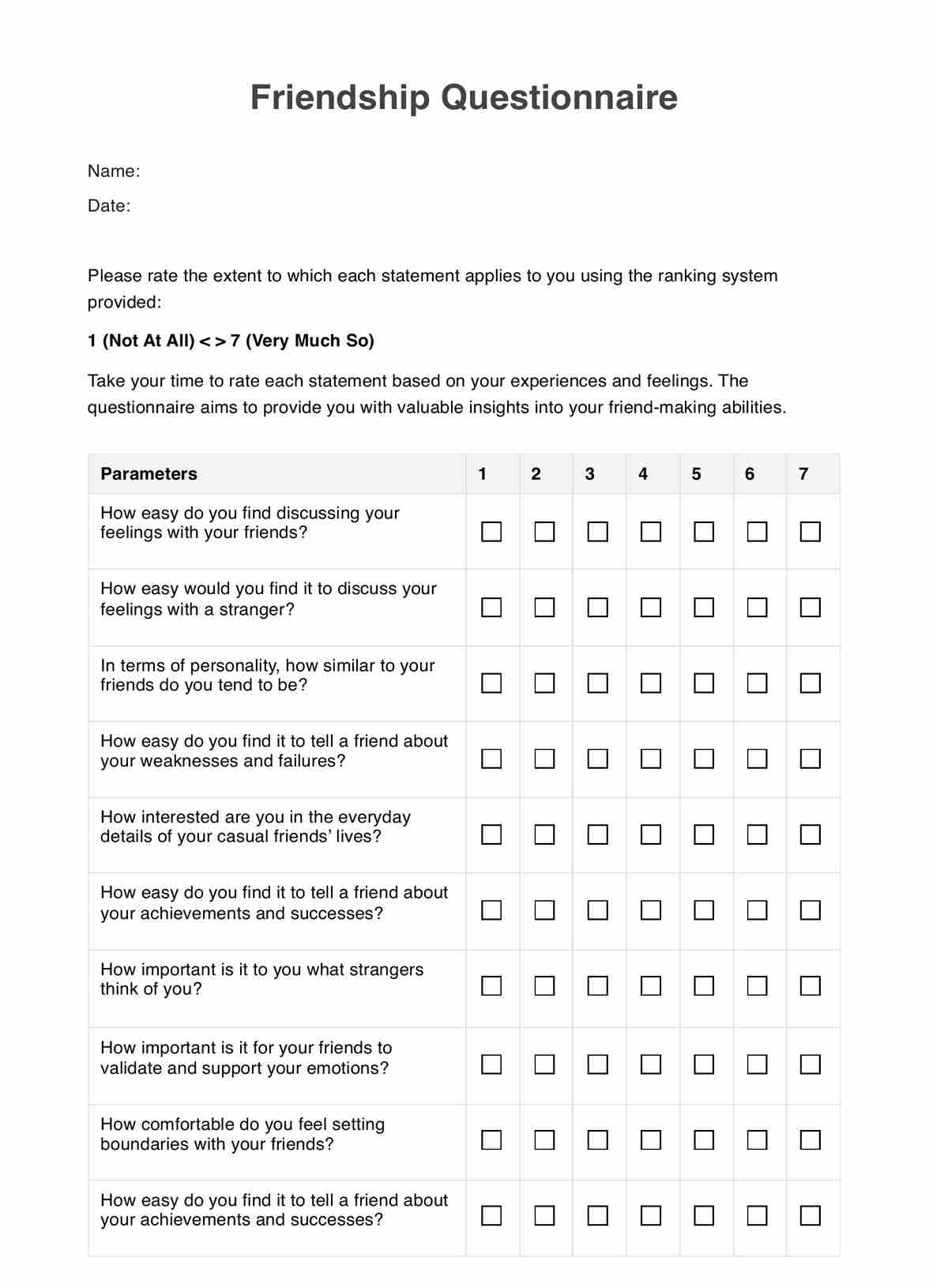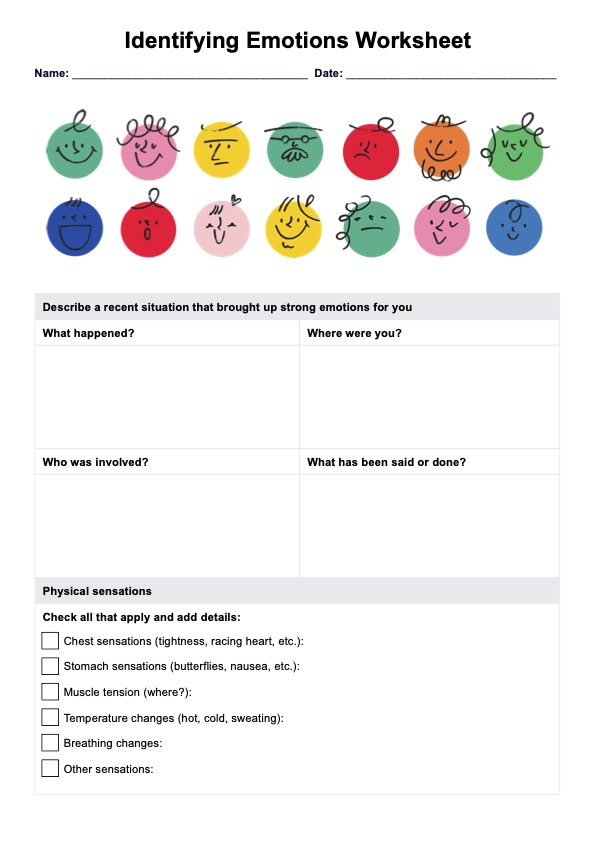Child Behavior Checklist (CBCL)
Explore our Child Behavior Checklist (CBCL) to help understand and manage children's behavior effectively and with care.


What is the Child Behavior Checklist (CBCL)?
The Child Behavior Checklist (CBCL) is a widely used caregiver report designed to identify behavioral and emotional problems in children. As part of the Achenbach System of Empirically Based Assessment (ASEBA), the CBCL test is administered to children aged 1.5 to 18 years. Its purpose is to provide a structured way for parents or caregivers to report on a child's behavior over a specified time frame. The CBCL helps detect a range of issues, such as attention deficit hyperactivity disorder, oppositional defiant problems, rule-breaking behavior, and aggressive behavior.
There are two main versions of the Child Behavior Checklist: one for preschoolers (ages 1½-5) and one for children of school age and adolescents (ages 6-18). These versions contain specific questions designed to assess behaviors relevant to each age group. In addition to the caregiver report, older children may complete the youth self-report, which offers additional insight into the child's behavioral challenges.
The CBCL uses syndrome scales to group behaviors into categories like attention problems, emotional and behavioral problems, anxiety problems, and depression, making it a crucial tool for assessing a child's behavior. Its data-driven approach helps clinicians identify patterns, offering valuable insights into conditions such as ADHD and other behavioral and emotional problems.
Child Behavior Checklist (CBCL) Template
Child Behavior Checklist (CBCL) Example
How to use the Child Behavior Checklist
The Child Behavior Checklist is a valuable tool for healthcare professionals to assess and address behavioral and emotional problems in children. This CBCL template streamlines this process, ensuring accurate evaluations and effective treatment planning. Below are the steps for successfully using the checklist in practice.
Access the checklist
To begin, healthcare professionals can easily find the Child Behavior Checklist template within this guide. The template provides structured questions that help caregivers report a child's behavior. Accessing the template ensures that you’re using a comprehensive and reliable tool for evaluation.
Introduce the checklist to the patient
When introducing the CBCL test to the patient and caregiver, explain the purpose clearly. Emphasize that it’s a tool to understand the child’s behavior better, focusing on specific issues such as attention problems, oppositional defiant problems, or aggressive behavior, and not to criticize the child.
Conduct the assessment
The caregiver completes the Child Behavior Checklist by answering questions based on the child's behavior. Depending on the child’s age, they may also complete a youth self-report. Encourage honest answers, as this helps capture an accurate picture of behavioral issues like rule-breaking behavior or attention deficit hyperactivity disorder.
Gather and interpret results
Once completed, review the responses and use ASEBA's licensed software to score. The gathered results and interpretation can help highlight areas of concern, such as aggressive behavior or anxiety, providing insights into potential diagnoses or further assessments.
Provide patient education and next steps
After interpreting the results, discuss them with the caregiver and patient. Offer education on the identified issues and collaborate on the next steps, whether that’s additional testing, counseling, or behavioral interventions to address behavioral and emotional problems effectively.
Scoring and interpretation
The Child Behavior Checklist uses a scoring system that compares a child’s behavior against normative data based on age and gender. It is important to note that interpreting the CBCL raw scores requires using ASEBA-licensed software. Users must obtain the appropriate licensing to access these tools and resources, which are essential for valid and reliable assessments.
The syndrome scale scores are then interpreted within specific ranges. Scores below or beyond the normative range place the child in the clinical range, suggesting significant behavioral and emotional problems that likely require professional treatment or further evaluation.
This structured scoring system helps clinical practice by pinpointing areas of concern and providing clear guidance on the need for follow-up actions, such as therapy or additional assessments.
Benefits of using the Child Behavior Checklist
The Child Behavior Checklist offers numerous advantages for healthcare professionals and caregivers. It is a valuable tool for identifying various behavioral and emotional issues in children and adolescents. Below are some key benefits of using the CBCL in clinical settings and beyond.
Comprehensive assessment of emotional and behavioral issues
The CBCL provides a broad view of a child’s emotional and behavioral health, assessing issues like conduct problems, depressive symptoms, anxiety disorders, and affective problems. This helps professionals in clinical child and adolescent psychology better understand the child’s emotional functioning and tailor treatment accordingly. This can also be used alongside other tools from other sources, such as a teacher's report form, for a more holistic perspective.
Identification of somatic complaints
Somatic complaints, such as headaches or stomachaches, which can be linked to emotional functioning or stress, are also captured by the CBCL. This insight lets professionals consider physical and emotional factors affecting the child's functioning.
Alignment with diagnostic standards
The CBCL aligns with symptoms outlined in the Diagnostic and Statistical Manual of Mental Disorders (DSM), making it a valuable tool in identifying symptoms consistent with DSM diagnoses like anxiety disorders and affective problems. This ensures that assessment procedures are standardized and clinically reliable.
Social competence evaluation
The CBCL also assesses social competence, helping healthcare providers understand how well a child interacts with peers and adults. This is critical for identifying issues with social skills or relationships, which often accompany conduct problems or depressive symptoms.
Efficient for clinical use
In clinical settings, the CBCL is easy to administer and interpret. It offers a structured yet flexible approach to evaluating a child's behavioral and emotional problems. It enhances assessment procedures, providing clinicians with actionable data to guide interventions and treatments.
Commonly asked questions
The Child Behavior Checklist (CBCL) test is a caregiver-completed assessment used to identify behavioral and emotional problems in children and adolescents. It provides a structured method for reporting a child’s behavior over a specific period, helping clinicians diagnose issues like anxiety, aggression, and conduct disorders.
The Child Behavior Checklist (CBCL) includes questions that assess a wide range of behaviors, such as rule-breaking behavior, anxiety, aggressive behavior, and somatic complaints. It also covers emotional, social, and behavioral domains, grouped into syndrome scales like internalizing and externalizing problems.
Child Behavior Checklist (CBCL) scores are compared to normative data based on age and gender, with results categorized into normal, borderline, or clinical ranges. Scores above the 97th percentile indicate clinical-level concerns, while those below the 93rd percentile are considered within the normal range.
The Child Behavior Checklist (CBCL) includes items that assess behaviors related to attention deficit hyperactivity disorder (ADHD), such as inattention and hyperactivity. These behaviors are categorized under syndrome scales, helping clinicians evaluate ADHD symptoms as part of the broader assessment.


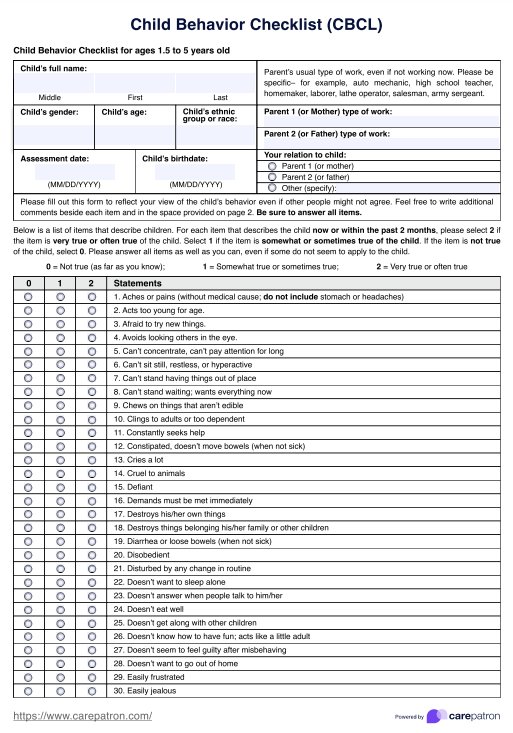
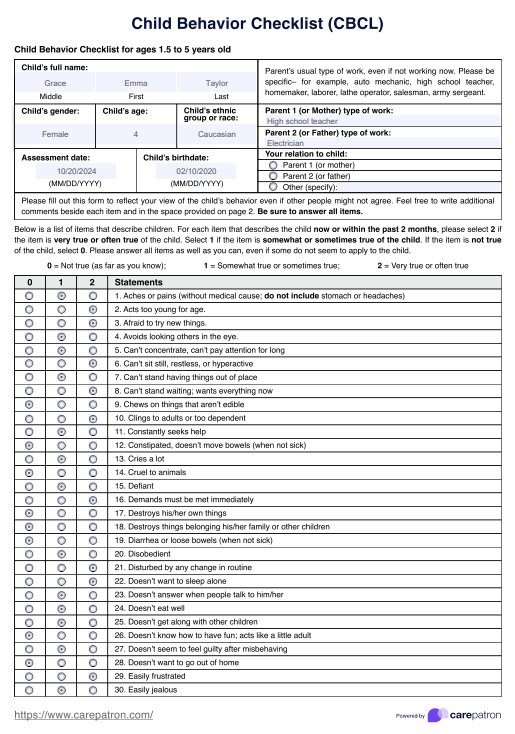














-template.jpg)






















































































